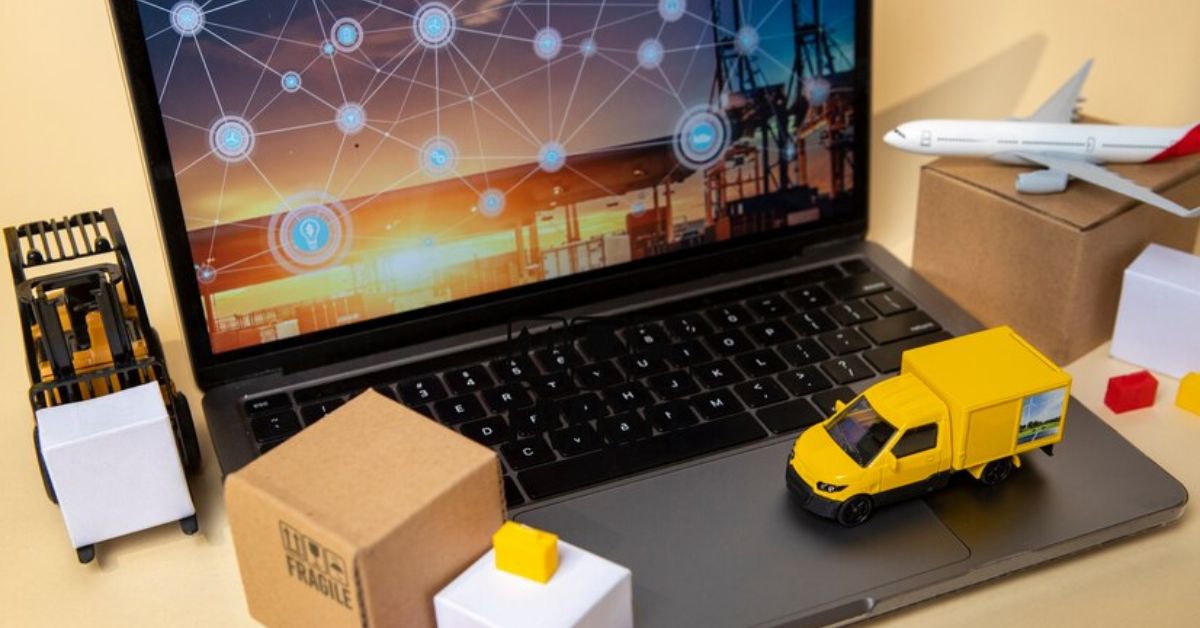Introduction to Mobility Solutions
In today’s fast-paced world, the efficiency of supply chain management significantly impacts a company’s competitiveness. As companies face increasing pressures to deliver faster and operate leaner, mobility solutions have emerged as essential tools. These technologies provide businesses like Strategic Mobility Group the flexibility to adjust to shifting market needs, optimize processes, and boost overall productivity by providing real-time data and improved connections.
Adopting mobility solutions is not just an option—it’s necessary for industries grappling with complex logistics frameworks. These technologies bridge the gap between traditional supply chains and the dynamic needs of modern businesses. Leveraging cutting-edge technologies to mobilize operations allows companies to maintain momentum in a continually evolving landscape and mitigate disruption risks.
Enhancing Visibility Across the Supply Chain
One of mobility solutions’ main advantages is the increased visibility they provide. Technologies like RFID and GPS tracking allow businesses to monitor their goods in real-time across the entire supply chain, significantly reducing the chances of loss or theft. For example, industries such as retail and pharmaceuticals rely heavily on accurate tracking to manage inventories and comply with regulatory requirements. This transparency allows for actionable insights that lead to better forecasting and resource allocation.
Visibility is having access to thorough data that informs decisions, not merely knowing where products are located. Visibility catalyzes efficiency, reducing delays by adjusting routes in real-time and optimizing warehouse operations. The benefits extend beyond the operational level, fostering stronger relationships with partners and a culture of openness and trust.
Pivotal Technologies Revolutionizing Logistics
Technological advancements have introduced a myriad of tools, revolutionizing logistics. Mobile applications, for instance, are now essential for managing inventory, scheduling deliveries, and optimizing routes. By integrating these solutions, companies ensure that their operations remain seamless and efficient, reducing the need for manual interventions that can introduce errors.
Advancements like driverless cars and blockchain technology are transforming supply chains by providing more operational accuracy and security. The logistics sector is poised for a technological revolution. Businesses may match their strategy with industry innovations and benefit substantially by staying updated through tools such as supply chain tech trends.
Cost Savings and Efficiency
The adoption of mobility solutions often results in substantial cost savings. Through automation and enhanced data accuracy, these technologies lower operational expenses by reducing the time and effort required for problem-solving and error correction. Efficiency in operations translates into more predictable costs, enabling companies to allocate resources to innovative endeavors rather than correct costly missteps.
For businesses, cost savings extend beyond labor reduction. Mobile technologies can reduce energy consumption by optimizing workloads and enhancing the ecological sustainability of supply chains. They also help manage inventory levels more accurately, reducing waste and ensuring that working capital is used more effectively.
Steps to Implementing Mobility Solutions
- Assess current supply chain operations to identify areas for improvement. A thorough evaluation is necessary to determine which processes benefit most from technological enhancements.
- Choose the appropriate mobility technologies that fit your needs. Consider solutions that offer scalability, integration capabilities, and user-friendly interfaces.
- Train employees on new technologies to ensure seamless integration. A well-informed workforce is crucial for successfully adopting and operating new systems.
- Continuously monitor the performance of these solutions and make adjustments as necessary. Frequent performance evaluations will guarantee that the technology keeps up with the changing needs of the supply chain.
Addressing Challenges and Improving Satisfaction
Despite their benefits, mobility solutions come with challenges such as data security, system integration, and the need for significant change management. These issues must be resolved to guarantee successful implementation and long-term advantages. Overcoming these obstacles can significantly enhance customer satisfaction, as streamlined, secure, and efficient processes lead to timely deliveries and reliable service.
Understanding potential hurdles is a proactive step toward success. By exploring these logistics challenges, businesses gain a roadmap for avoiding pitfalls and enhancing their strategic approach to adopting mobility solutions.
Trends Shaping the Future of Supply Chains
Emerging trends such as the Internet of Things (IoT) and artificial intelligence (AI) will heavily influence the future of supply chain management. These technologies promise to enhance mobility solutions further, offering even greater efficiency and customer satisfaction.
Adopting these trends is vital for maintaining a competitive edge as the industry evolves. Powered by AI, predictive analytics can provide unparalleled forecasting capabilities, while IoT devices offer more granular data collection opportunities. Companies must remain agile to integrate these ever-evolving advancements proactively into their supply chains.
Bringing it Together
In sum, mobility solutions are essential in modern supply chains, offering improved visibility, efficiency, and cost savings. By effectively understanding and implementing these technologies, businesses can enhance their operations, meet customer demands, and stay ahead in the competitive market. Adopting mobility solutions is no longer optional—it is imperative for any business wishing to maintain its relevance and vitality in the ever-expanding global marketplace.











